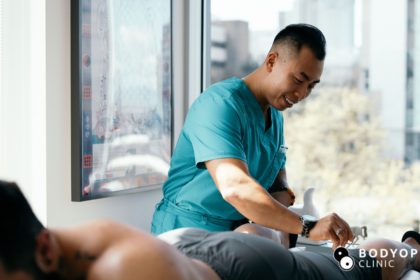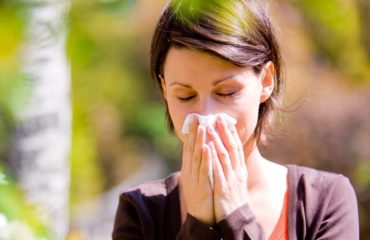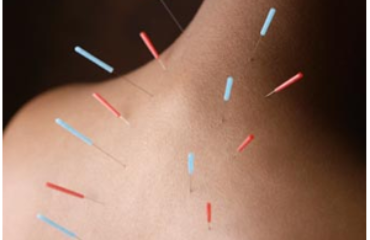
One of the common conditions I’ve seen in my practice is partial tendon tear from accident, overuse, trauma, etc.
Recovering from a partial tendon tear can be a long and difficult process. Tendons have a limited ability to heal themselves due to a lack of adequate blood flow. This, coupled with the potential for reinjury and chronic inflammation, can make the road to recovery seem daunting.
To promote healing and avoid more harm, it’s important to be patient and get the proper therapy. Rest and proper management of symptoms, such as pain and swelling, are crucial in the early stages of recovery. Gradually exercising and stretching the affected area can help regain strength and flexibility as healing progresses.
Recovery timeline for tendon
Healing Timeline: 3 weeks to a year
- Tendonitis: 3 weeks to 7 weeks
- Tendinosis: 3 months to 6 months
- Laceration: 5 weeks to 6 months
Factors like re-injury, chronic inflammation, ineffective treatment, and premature activity can delay healing.
Partial tendon tears require adequate blood flow, oxygen, and inflammation control to promote proper healing. Poor blood flow and oxygen supply can delay the recovery process, while chronic inflammation can impede it altogether. Therefore, it’s crucial to focus on these factors when treating partial tendon tears to ensure a full and successful recovery.
The following three strategies have been identified as effective in expediting the healing process without any negative consequences.
- L-Citrulline
Aids tendon tear recovery by boosting nitric oxide production, improving blood flow and oxygen delivery to the affected area.
This increased blood flow can help stimulate tissue repair and reduce healing time. Additionally, L-citrulline has been found to reduce lactic acid buildup, which can help prevent further tissue damage and improve recovery. combining L-citrulline into a comprehensive treatment plan for tendon tears may help accelerate the healing process and improve overall outcomes.
Suggesting dose is between 4-8 g depending on the individuals and tolerance.
L-Citrulline is commonly found in the form of Citrulline Malate. In my experience, L-Citrulline is absorbed more rapidly than Citrulline Malate. However, if pure Citrulline is not available, Citrulline Malate can be a suitable alternative.
- Graston
Graston Technique is a manual therapy that uses stainless steel instruments to treat soft tissue injuries. It can reduce adhesion and swelling in tendon tear injuries, which helps speed up recovery and improve function.
It’s non-invasive and drug-free, making it a safe option for those seeking natural healing solutions.
Tips:
If you can’t afford to buy a set of Graston tools for $500, a silver spoon can be a good alternative. However, please be careful not to use the sharp end, as it can cause skin damage, irritation, and bleeding. Please ensure that the tissue has a mild redness after undergoing Graston therapy.
- Boswellia
Boswellia, a natural anti-inflammatory herb, has been found to be beneficial for those recovering from a partial tendon tear. It works by reducing swelling and pain, and promoting healing in the affected area. Boswellia contains boswellic acids, which have been shown to inhibit inflammation-causing enzymes in the body.
This makes it an effective and safe alternative to traditional pain medications. Boswellia can aid in faster healing and better outcomes when added to a treatment plan for a partial tendon tear.
Other natural remedies can also assist with a partial tendon tear. Turmeric, a spice used in Indian cuisine, contains curcumin, which has powerful anti-inflammatory properties. Ginger, another culinary spice, has been used to help reduce pain and improve circulation.
Omega-3 fatty acids are also beneficial for reducing inflammation and promoting healing. Consuming fish oil supplements or cold-water fish can provide the essential fatty acids required for the healing process. Physical therapy can also be beneficial for strengthening the injured area, reducing pain, and swelling.



